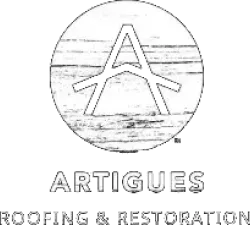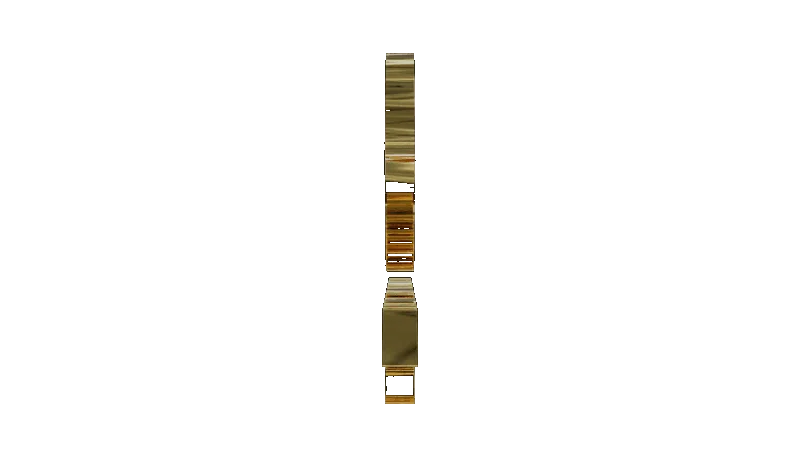
The Architectural Evolution and Roofing Practices of Walterboro, South Carolina
Walterboro, South Carolina, often referred to as the "Front Porch of the Lowcountry," is a city with deep historical roots and a vibrant modern identity. Founded in the late 18th century, Walterboro has evolved from a summer retreat for plantation owners into a dynamic center of culture and commerce. The city’s rich history is reflected in its diverse architectural styles and roofing practices, which together tell the story of a community that has embraced change while preserving its unique character. This article delves into Walterboro’s historical development, architectural evolution, and the roofing traditions that have shaped its built environment.
Historical Overview: The Story of Walterboro’s Growth
Walterboro’s history begins in 1783, when brothers Paul and Jacob Walter established a settlement on a high bluff, seeking refuge from the malaria-prone swamps of the Lowcountry. The town was officially founded in 1817, rapidly growing into a center for trade and agriculture due to its strategic location on the road connecting Charleston and Savannah.
Antebellum Period and Economic Prosperity:
During the antebellum era, Walterboro thrived as a market town that served the nearby plantations growing rice, cotton, and indigo. Its role as a trading center bolstered its economy, allowing planters to buy, sell, and conduct business, further establishing Walterboro as a regional hub.
Post-Civil War Transformation:
The Civil War brought hardships to Walterboro, as it did to much of the South. The town faced economic difficulties and social upheaval, but it slowly recovered by the late 19th century. The expansion of the railroad network played a pivotal role in revitalizing Walterboro, connecting it to larger markets and facilitating the movement of goods and people.
Modern Development in the 20th Century:
The 20th century saw Walterboro’s continued growth, as it became the seat of Colleton County. The town embraced modernization while maintaining its historical charm. Efforts to preserve its architectural heritage, along with initiatives to promote tourism, allowed Walterboro to thrive both culturally and economically.
Architectural Heritage: Reflecting Walterboro’s Evolution
Walterboro’s architecture tells the story of its development, showcasing a variety of styles that span different periods in the town’s history. The town’s dedication to preserving its architectural heritage is evident in its well-maintained historic districts and buildings.
Greek Revival and Antebellum Architecture:
The Greek Revival style, popular in the antebellum South, is well-represented in Walterboro. These buildings are characterized by symmetrical facades, columned porticoes, and pedimented gables. The classical elements of these structures highlight the period’s aspirations and the influence of ancient Greek and Roman architecture.
Victorian and Queen Anne Styles:
During the late 19th and early 20th centuries, Victorian and Queen Anne-style homes became prevalent in Walterboro. These homes feature ornate detailing, asymmetrical designs, and expansive porches. Their intricate woodwork, vibrant colors, and turrets contribute to the picturesque streetscapes that define the town.
Craftsman and Bungalow Styles:
The early 20th century saw the rise of the Craftsman and Bungalow styles, which emphasize simplicity, functionality, and the use of natural materials. These homes feature low-pitched roofs, wide eaves, and exposed rafters, embodying the ideals of the Arts and Crafts movement.
Roofing Practices and Environmental Considerations: Durability Meets Sustainability
Walterboro’s roofing practices have been shaped by the region’s climate, historical styles, and modern sustainability trends. The choice of materials and techniques is critical to ensuring durability, energy efficiency, and aesthetic compatibility with the town’s architectural heritage.
Traditional Roofing Materials: Wooden Shingles and Slate
Historically, wooden shingles and slate were common roofing materials in Walterboro. These materials were valued for their durability, natural appearance, and ability to complement the architectural styles of the time. The connection between roofing materials and architecture was vital for maintaining the cohesive look of the town’s historic buildings.
Modern Roofing Solutions: Asphalt and Metal Roofing
Today, asphalt shingles are the most widely used roofing material in Walterboro due to their affordability, versatility, and ease of installation. However, metal roofing has also gained popularity, particularly because of its longevity, low maintenance, and ability to withstand the region’s challenging weather conditions, including humidity and occasional storms.
Sustainable Roofing Practices: Green and Cool Roofs
Walterboro has seen a rise in sustainable roofing practices in recent years. Homeowners and builders are increasingly opting for materials that enhance energy efficiency and reduce environmental impact. Cool roofing technologies, which reflect more sunlight and absorb less heat, are becoming a popular choice. Additionally, the integration of solar panels and green roofs aligns with Walterboro’s broader sustainability goals.
Preservation and Community Planning: Retaining Walterboro’s Historic Charm
Walterboro’s commitment to preserving its historical and architectural legacy is reflected in its community planning efforts. The town’s historic districts, such as the Walterboro Historic District, are protected by local ordinances that regulate alterations and new construction to maintain the area’s historical integrity.
Community Initiatives: Promoting Tourism and Cultural Heritage
Community initiatives, such as the Colleton County Rice Festival, celebrate Walterboro’s cultural and architectural heritage while promoting tourism and local economic development. These efforts ensure that Walterboro retains its unique charm as it continues to grow and modernize.
Roofing Services and Restoration: Honoring Walterboro’s Legacy
As Walterboro continues to evolve, many homeowners are turning to roofing restoration services to preserve the historic character of their homes while incorporating modern roofing solutions. Whether restoring wooden shingles or adopting metal roofing, roofing contractors in Walterboro specialize in maintaining the town’s architectural integrity while enhancing the durability and energy efficiency of homes.
Sustainable roofing options, including solar panels and green roofs, are becoming increasingly popular as residents seek ways to reduce their environmental impact while enjoying the benefits of modern technology.
Walterboro—Where History and Modernity Coexist
Walterboro, South Carolina, stands as a testament to the enduring relationship between history, culture, and architecture. From its beginnings as a summer retreat to its current status as a vibrant modern community, Walterboro’s evolution is reflected in its architectural styles and roofing practices. The town’s commitment to preserving its heritage while embracing innovation and sustainability offers a balanced approach to growth and development.
Walterboro’s roofing solutions, from traditional wooden shingles to modern metal roofing and energy-efficient technologies, reflect the town’s emphasis on durability, sustainability, and architectural harmony. As the city continues to evolve, it remains dedicated to preserving its past while looking toward the future, offering a model for other communities seeking to blend historical preservation with modern growth.
AREAS WE SERVICE
NEED ANY ROOFING HELP? CALL US NOW!
GET YOUR FREE QUOTE OR INSURANCE CLAIM ASSESSMENT
By submitting your information, you agree to start receiving notifications and promotional SMS from Artigues Roofing. You can reply "stop" at any time to unsubscribe. I agree with the privacy policy and terms and conditions.

Go Above & Beyond with
Artigues Roofing &
Restoration
SERVICES
COMPANY
GET IN TOUCH
Email: [email protected]
Address: 75 Port City, Landing Suite 110. Mount Pleasant, SC. 29464.
AREAS WE SERVICE
NEED ANY ROOFING HELP? CALL US NOW!
GET YOUR FREE QUOTE OR INSURANCE CLAIM ASSESSMENT
By submitting your information, you agree to start receiving notifications and promotional SMS from Artigues Roofing. You can reply "stop" at any time to unsubscribe. I agree with the privacy policy and terms and conditions.

Go Above & Beyond with
Artigues Roofing &
Restoration
SERVICES
COMPANY
GET IN TOUCH
Email: [email protected]
Address: 75 Port City, Landing Suite 110. Mount Pleasant, SC. 29464.





